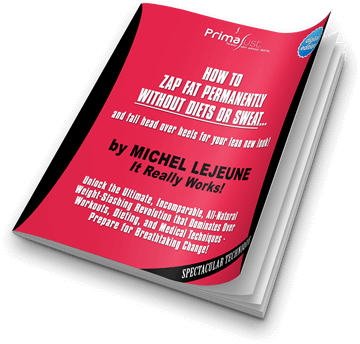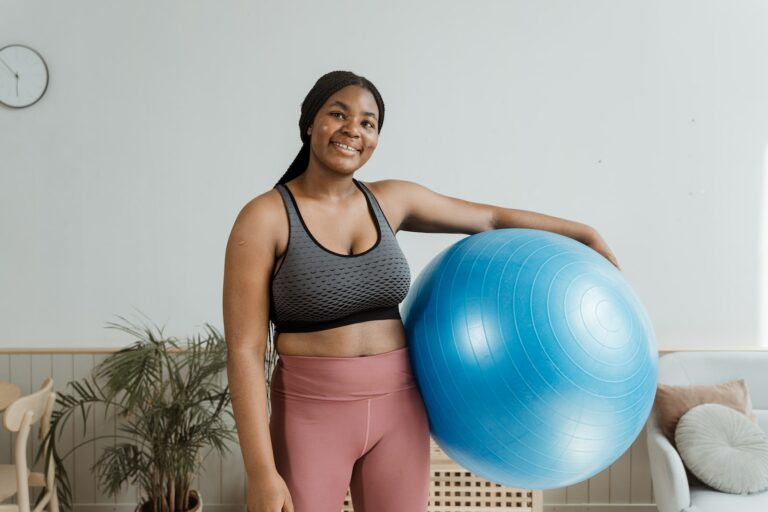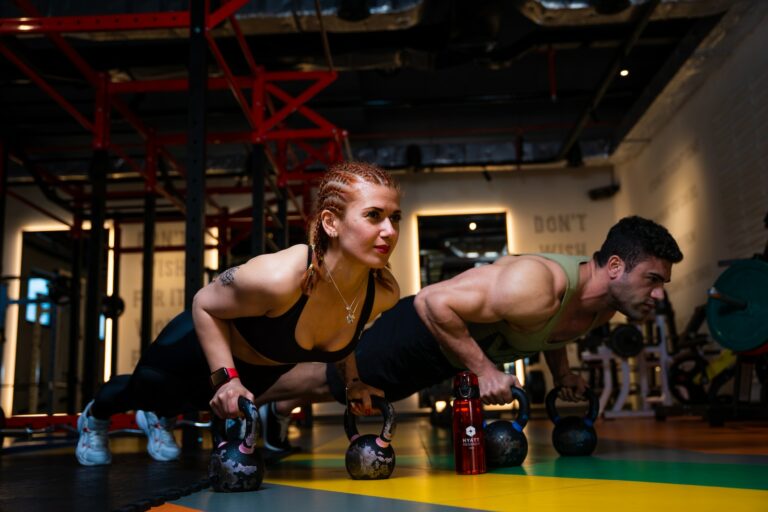In today’s fast-paced world, maintaining optimal mobility and flexibility is essential for overall well-being. The ability to move freely and with ease contributes to a better quality of life, allowing us to perform daily activities, exercise, and even prevent injuries. In our previous blog we wrote about How to Balance Healthy Eating and Social Life: 7 Proven Tips. In this blog, we delve into the discovery on How to Improve Mobility and Flexibility through mindful movement mastery.
Understanding Mobility and Flexibility
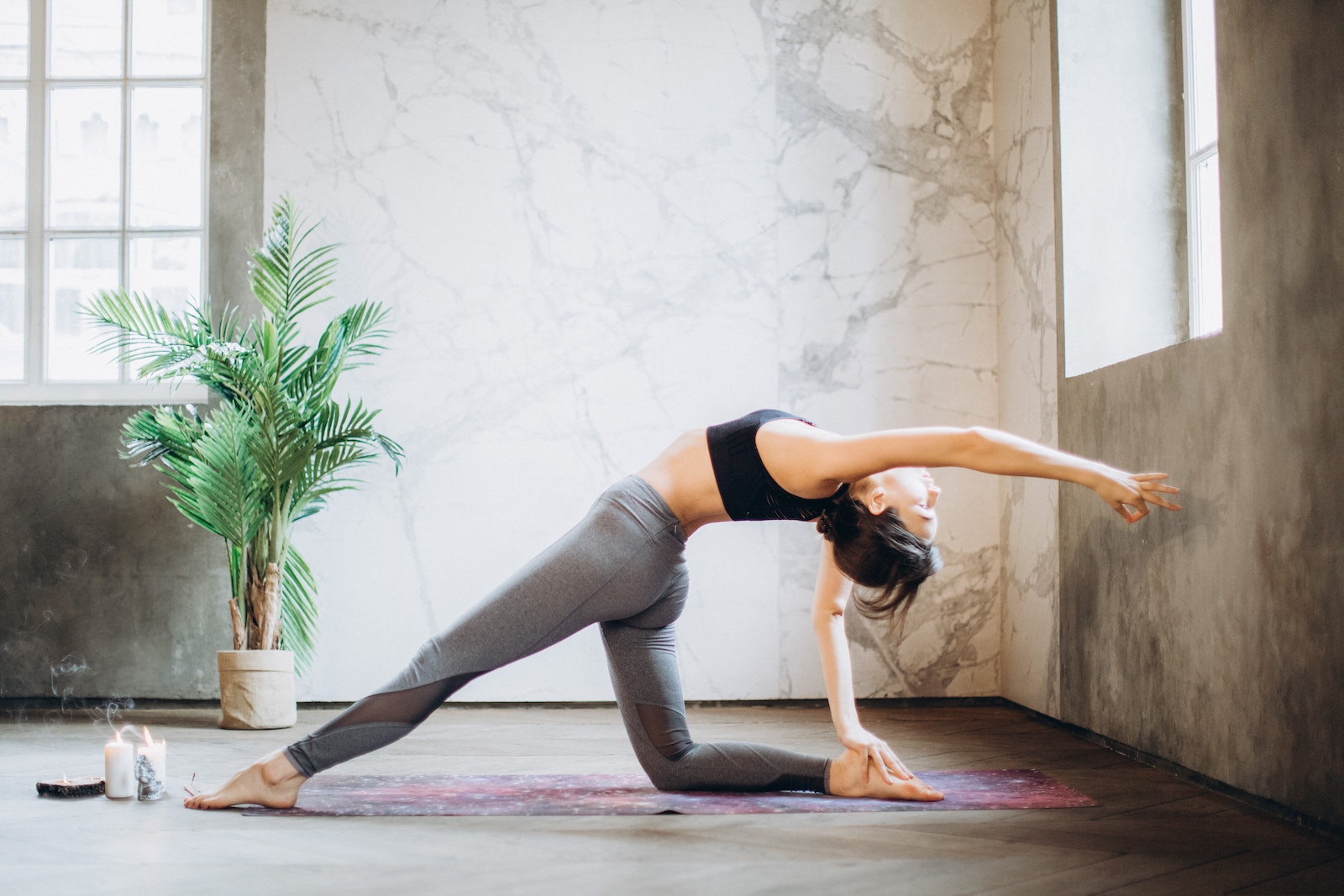 Mobility and flexibility are often used interchangeably, but they represent distinct aspects of physical health.
Mobility and flexibility are often used interchangeably, but they represent distinct aspects of physical health.
Mobility refers to the range of motion in a joint or series of joints, allowing for fluid movement.
On the other hand, flexibility refers to the lengthening of muscles to accommodate movement.
Both are fundamental components of functional fitness and contribute to our ability to perform various activities efficiently.
As we age, lifestyle factors and genetics play a role in determining our mobility and flexibility levels.
Sedentary habits, improper posture, and lack of regular movement can lead to stiffness and reduced range of motion.
This is where the practice of mindful movement comes into play.
The Science Behind Mindful Movement
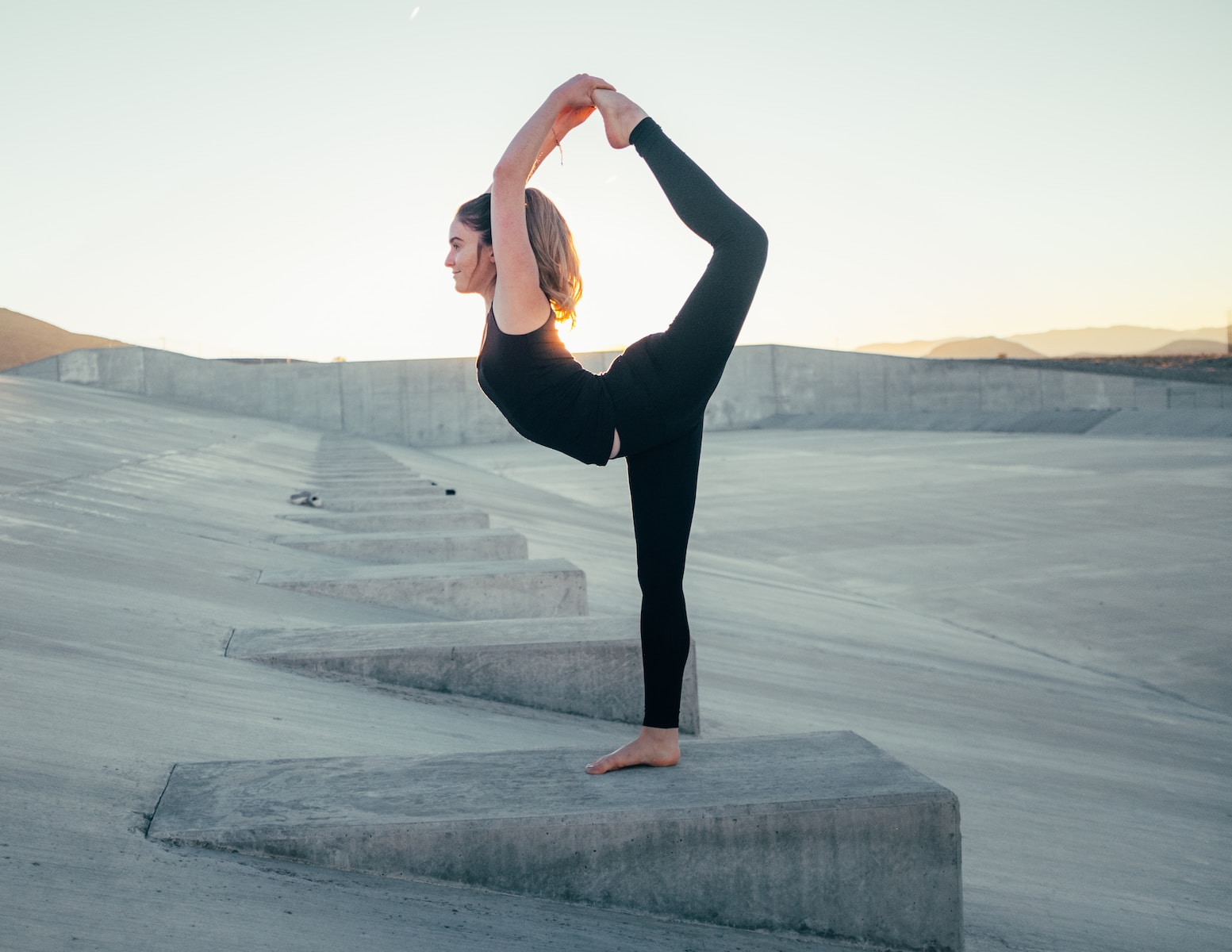 Mindful movement is the art of moving with intention and awareness, combining physical activity with mindfulness techniques.
Mindful movement is the art of moving with intention and awareness, combining physical activity with mindfulness techniques.
The mind-body connection established through mindfulness enhances the effectiveness of movements and promotes greater awareness of our bodies.
Scientific research has shown that mindful movement can lead to improved flexibility, increased joint mobility, and enhanced overall physical performance.
By engaging in mindful movement, individuals can align their mental focus with their physical actions, resulting in movements that are more controlled, balanced, and deliberate.
This not only reduces the risk of injury but also helps to maximize the benefits of each exercise or stretch.
How to Improve Mobility and Flexibility: Key Techniques
When it comes to enhancing your mobility and flexibility, there’s a treasure trove of techniques and practices at your disposal.
Let’s dive into the world of mindful movement and explore the various methods that can help you achieve a supple and agile body.
1. Dynamic Stretching Routines: Unlocking Range of Motion
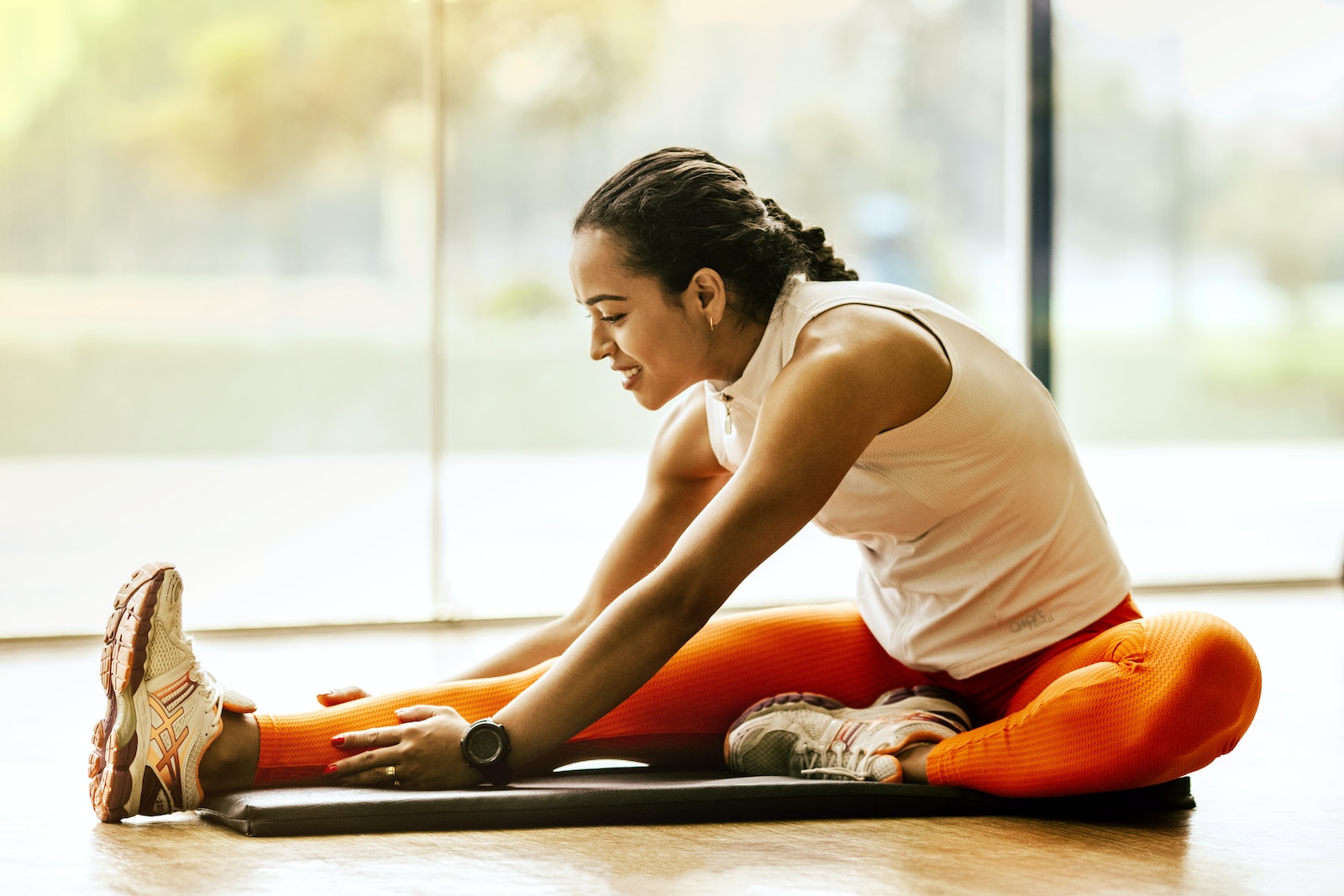 Dynamic stretching is a dynamic duo: it not only prepares your muscles for movement but also improves flexibility over time.
Dynamic stretching is a dynamic duo: it not only prepares your muscles for movement but also improves flexibility over time.
Engage in controlled, fluid movements that take your joints through their full range of motion.
These movements gently warm up your muscles, ligaments, and tendons, making them more receptive to stretching.
Incorporate movements like leg swings, arm circles, and hip rotations.
Gradually increase the intensity and duration of your dynamic stretches as your body becomes more accustomed to the routine.
2. Yoga Poses: Embrace Flexibility with Mindful Postures
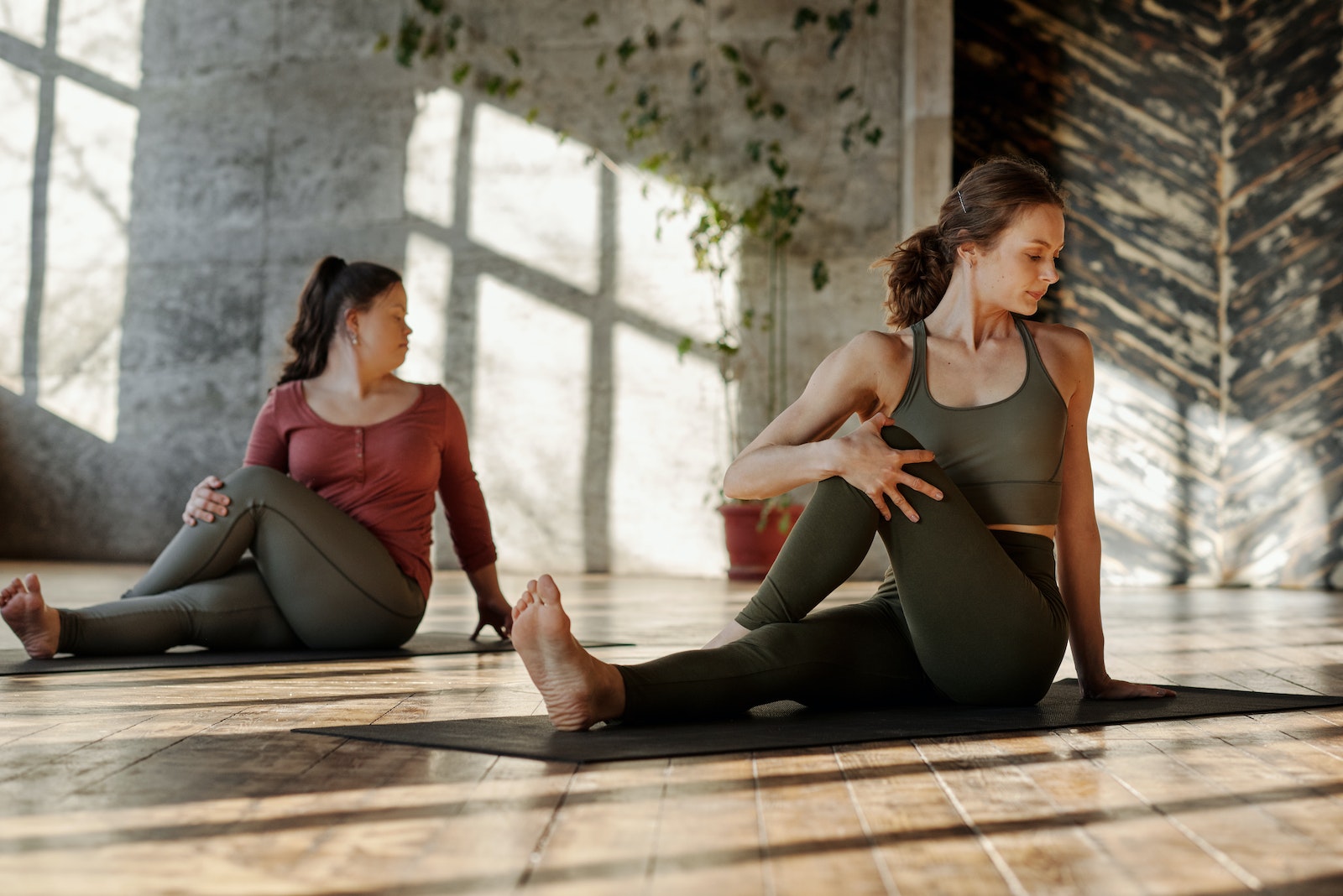 Yoga is a time-honored practice that unites physical postures, controlled breathing, and mindfulness.
Yoga is a time-honored practice that unites physical postures, controlled breathing, and mindfulness.
Within the realm of yoga, you’ll discover poses designed to enhance flexibility and mobility while cultivating balance and strength.
Poses like Downward-Facing Dog, Cobra Pose, and Triangle Pose specifically target different muscle groups, encouraging elongation and improved joint mobility.
Regular practice of yoga not only contributes to a more flexible body but also fosters mental clarity and relaxation.
3. Foam Rolling and Self-Myofascial Release: Releasing Tension
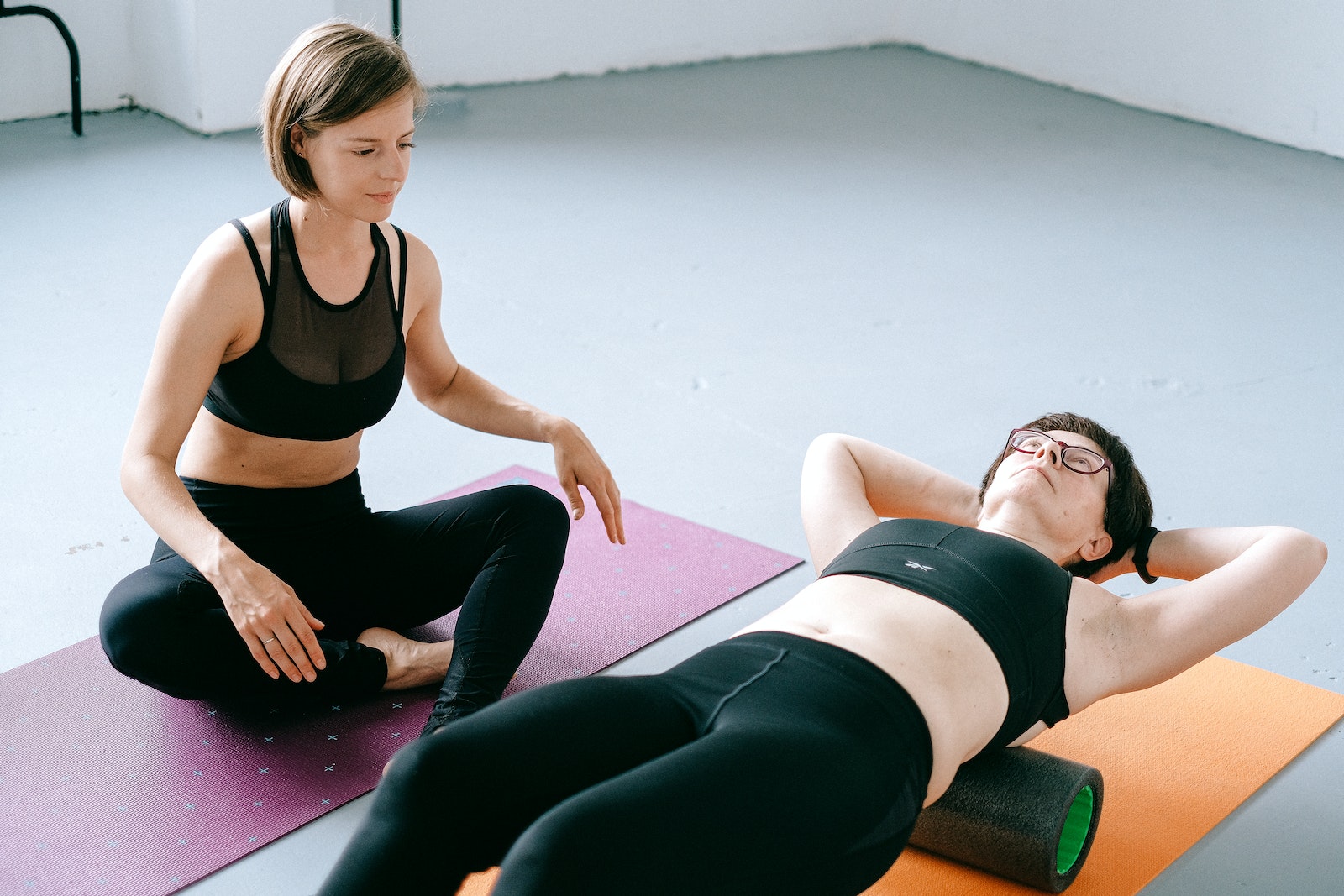 Modern fitness enthusiasts have embraced foam rolling and self-myofascial release techniques as essential tools for mobility enhancement.
Modern fitness enthusiasts have embraced foam rolling and self-myofascial release techniques as essential tools for mobility enhancement.
These methods involve using a foam roller to apply pressure to specific areas of your body, releasing tension and knots in the muscles and fascia.
By breaking down adhesions and promoting blood flow to targeted areas, you can increase mobility and flexibility.
Focus on areas prone to tightness, such as the calves, hamstrings, and upper back.
Remember, this practice may be uncomfortable initially, but it leads to remarkable benefits over time.
4. Pilates Exercises: Strengthening Core and Extending Limits
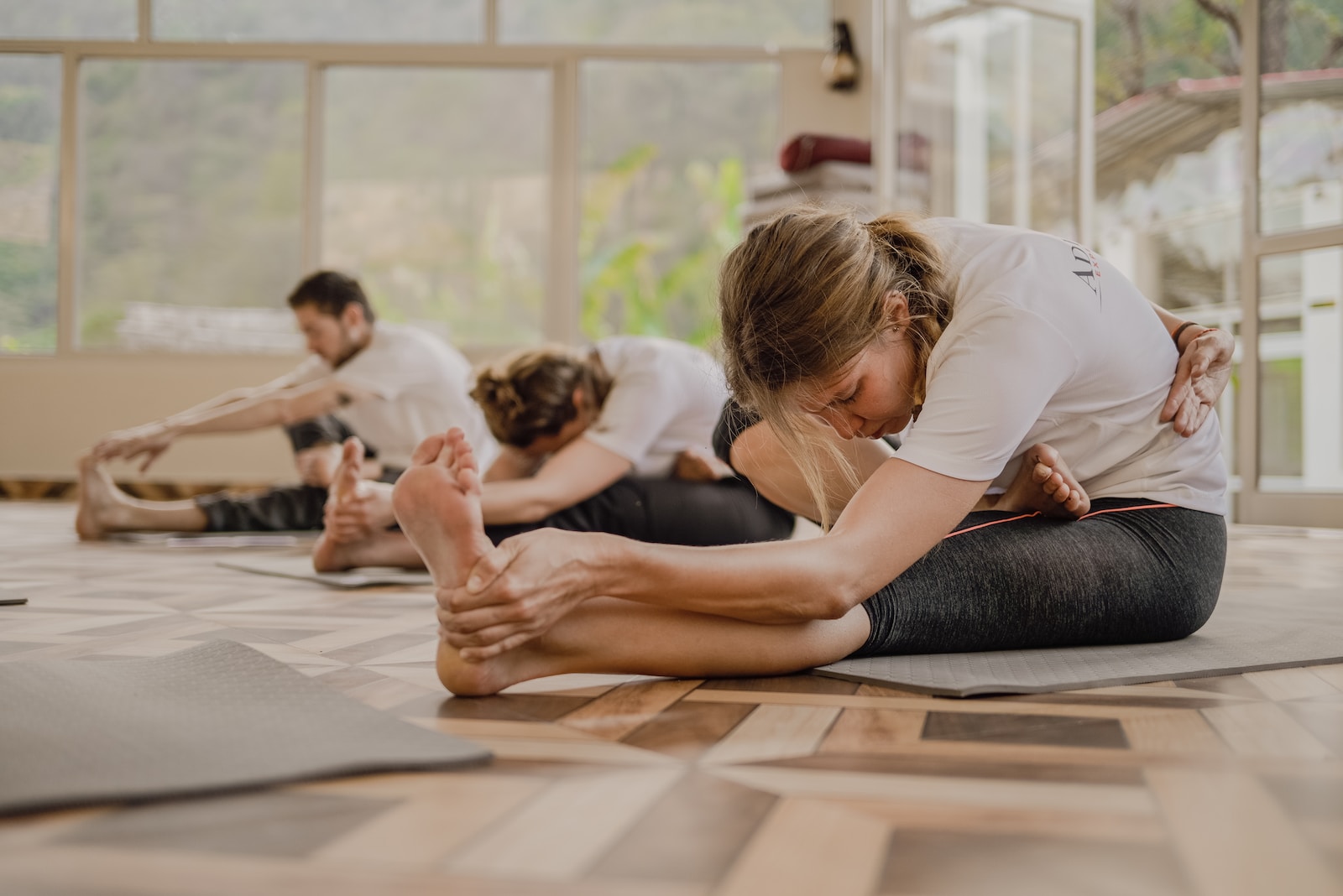 Pilates, a low-impact exercise system, is revered for its emphasis on core strength, flexibility, and precise movement control.
Pilates, a low-impact exercise system, is revered for its emphasis on core strength, flexibility, and precise movement control.
Through a series of exercises performed on mats or specialized equipment, you can engage both large and small muscle groups.
This engagement improves core stability, which in turn enhances overall posture and body alignment.
Pilates movements often involve controlled stretches and extensions, contributing to improved range of motion and joint flexibility.
As you progress, you’ll discover how Pilates helps you reach new levels of physical mastery.
Mindful Movement Mastery: Step-by-Step Guide
1. Setting the Foundation
Creating a serene and comfortable space is paramount for a successful mindful movement practice.
As you settle into this environment, begin by centering your focus on deep, intentional breathing.
This simple act not only clears the mind but also prepares you to cultivate mindfulness throughout the upcoming movement sequences.
2. Mindful Warm-Up Routine
Embark on your mindful journey with a gentle warm-up that includes joint rotations and purposeful movements.
As you execute each motion, channel your awareness fully into the sensations and nuances of every movement.
This initial focus primes both your body and mind for the more intricate sequences that lie ahead.
3. Mindful Movement Sequences
Transition into a series of carefully designed exercises geared towards enhancing mobility and flexibility.
Approach these movements with intention, embracing control and fluidity.
With each stretch, flex, and extension, remain present and attuned to your body’s response.
This attentive engagement not only refines the execution but also deepens the mind-body connection.
4. Breath Awareness and Relaxation
Integrate conscious breathing into your mindful movement routine, allowing it to synchronize with your motions.
As you wind down, guide your body through a period of relaxation.
This guided release dispels any lingering tension and serves as a moment of reflection.
Recognize how the amalgamation of mindful movement and breath fosters a more profound understanding of your body’s capabilities and limitations.
Tips for Integrating Mindful Movement into Daily Life
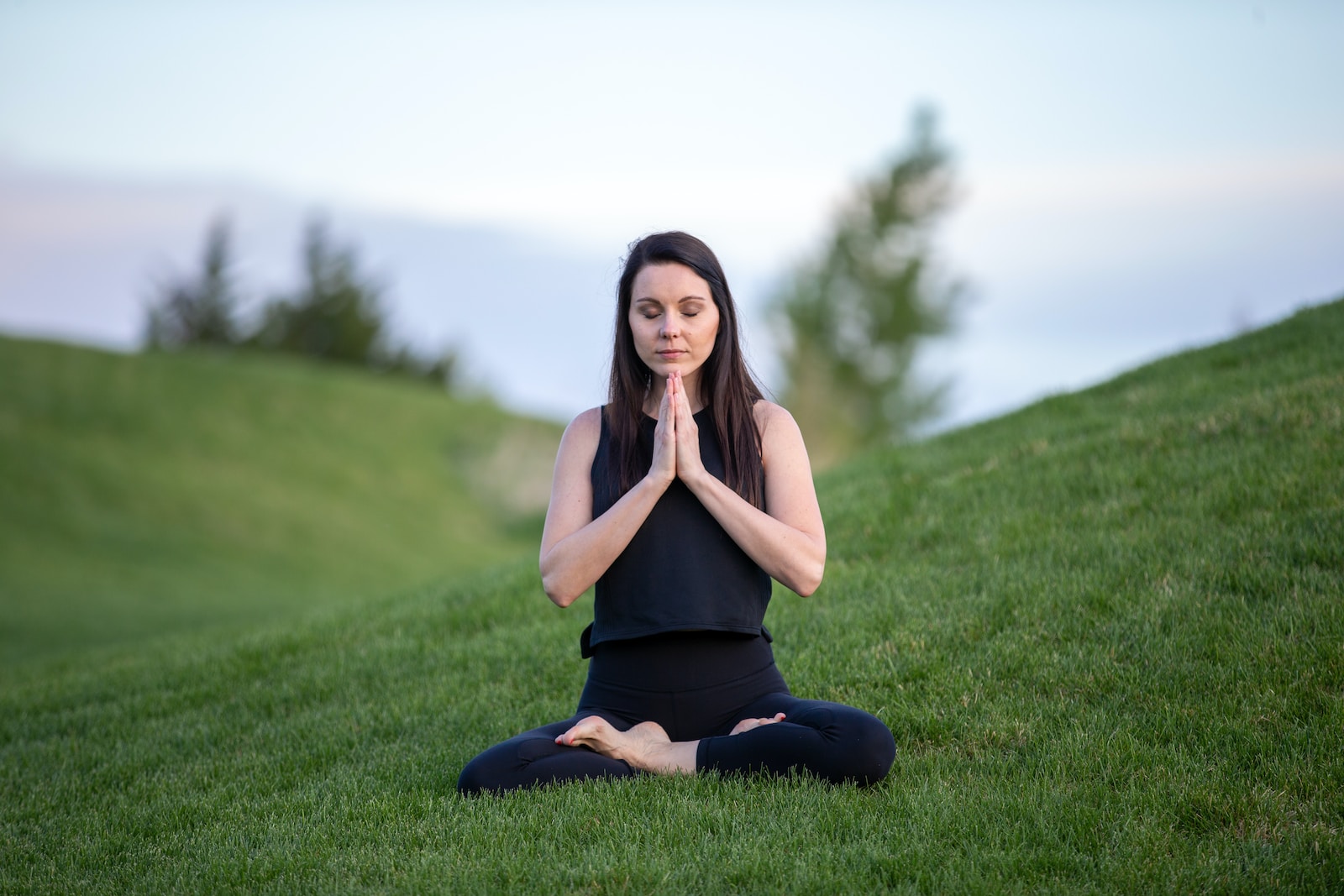 Incorporating mindful movement into your routine doesn’t have to be time-consuming.
Incorporating mindful movement into your routine doesn’t have to be time-consuming.
Consider brief sessions throughout the day to stretch and engage your muscles.
You can even integrate mindfulness and movement into daily activities, such as focusing on your posture while sitting or walking mindfully.
Consistency is key to progress, so gradually increase the duration and intensity of your mindful movement practice.
Over time, you’ll notice improvements in both your physical flexibility and mental awareness.
Benefits of Mindful Movement for Mobility and Flexibility
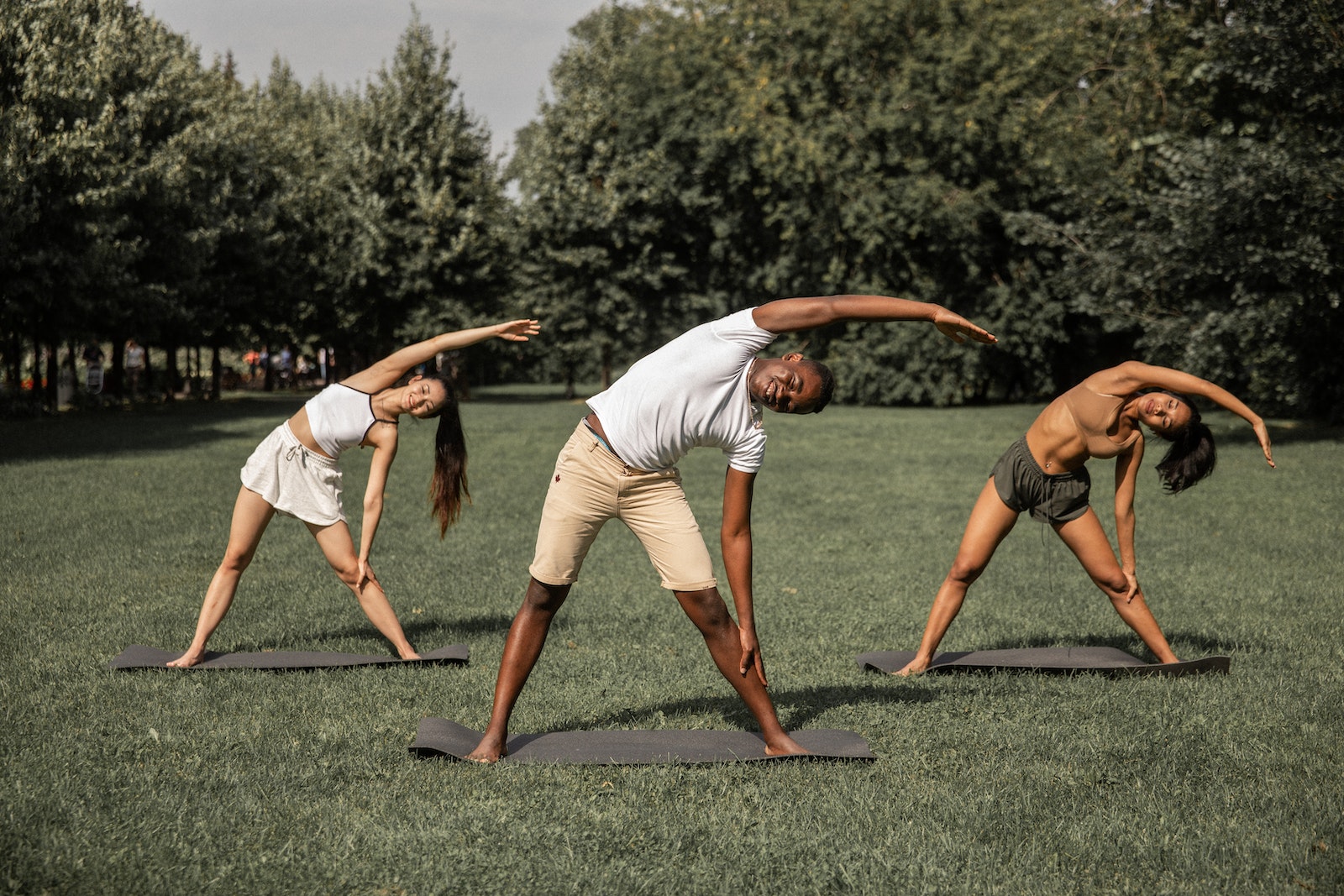 Embracing mindful movement brings forth a plethora of benefits.
Embracing mindful movement brings forth a plethora of benefits.
On a physical level, it enhances joint health, increases muscle flexibility, and reduces the risk of strains and injuries.
Mentally, the practice reduces stress and anxiety, as well as fosters a heightened sense of body awareness.
As you continue to engage in mindful movement, you’ll likely experience improved posture and balance, better coordination, and an overall greater sense of well-being.
Potential Challenges and How to Overcome Them
 Time constraints and distractions can be common challenges when adopting a mindful movement practice.
Time constraints and distractions can be common challenges when adopting a mindful movement practice.
To overcome these obstacles, schedule dedicated time for your practice and create a calm environment that minimizes distractions.
If motivation wanes, remind yourself of the positive impact mindful movement has on both your body and mind.
Embrace self-compassion and patience, understanding that progress takes time.
Conclusion
In a world that often glorifies busy schedules and constant movement, taking the time to engage in mindful movement is a transformative act of self-care.
By embracing the principles of intentional movement and mindfulness, you have the power to unlock improved mobility, enhanced flexibility, and a deeper connection between your body and mind.
As you embark on your mindful movement journey, remember that small, consistent efforts yield remarkable results.
So, start your practice today and discover firsthand the positive changes that await you on this empowering path to better mobility and flexibility.
Are you ready to take control of your physical well-being and embark on a transformative journey toward improved mobility and flexibility?
In today's fast-paced world, where we often neglect our bodies in the pursuit of busy schedules, it's crucial to prioritize self-care.
You've just explored the profound benefits of mindful movement, a practice that not only enhances joint health, muscle flexibility, and mental well-being but also fosters a deeper connection between your body and mind.
Now, it's time to take the next step toward achieving your wellness goals.
Download our still-free report, "The Exact Method to Unlock Your Metabolism for All-Natural Weight Loss," and discover how the PrimaJust weight loss method can empower you to lose 1-3 pounds per week automatically, without the need for dieting or strenuous exercise.
It's a simple, effective, and sustainable approach to a healthier you.
Don't wait any longer; your journey to improved mobility, flexibility, and overall well-being begins with one click!
[Source]Free Report
If you enjoyed this article, feel free to share it.
Expand your knowledge with these informative related blog posts
-
Benefits of Mindful Movement: Empower Your Life Positively
Living in a fast-paced world, it's easy to get caught up in the hustle and…
-
Benefits of Mindful Movement: Transform Posture for Wellness
In our fast-paced modern world, where stress and constant distractions have become the norm, the…
-
Mindfulness and Body Awareness: Empower with Mindful Movement
In today's fast-paced and hectic world, stress and anxiety have become prevalent issues affecting our…






